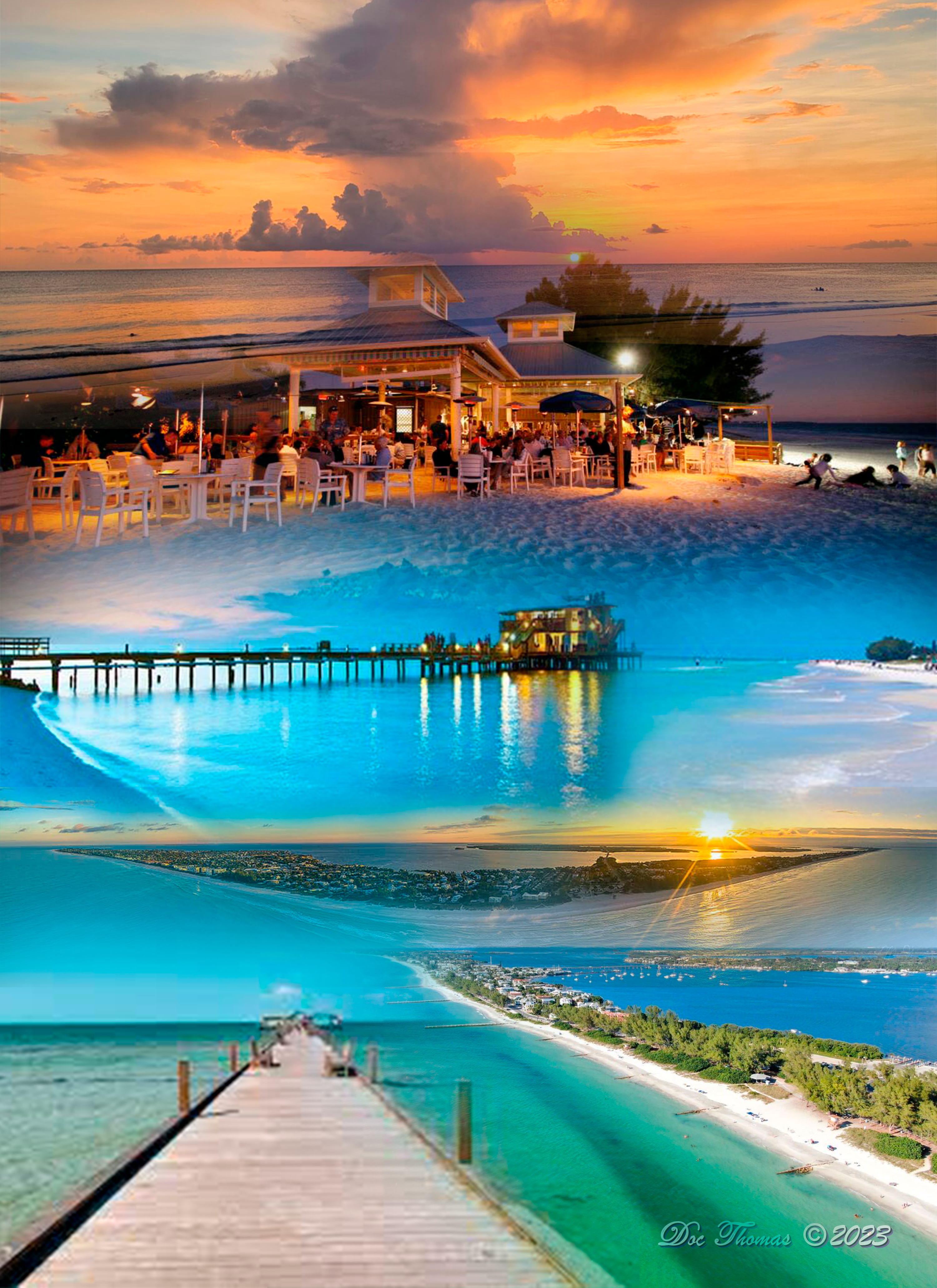Unveiling Bolivia’s Historic Treasure

Introduction:
Nestled in the heart of Bolivia on the South American continent, Potosí is a captivating destination that beckons travelers with its rich history, stunning architecture, and natural wonders. This enchanting city, known for its colonial past, vibrant culture, and breathtaking landscapes, offers an unforgettable experience for tourists seeking to delve into Bolivia’s fascinating heritage.
Historical & Religious Significance:
Potosí holds great historical and religious significance, as it was once one of the wealthiest cities in the world during the Spanish colonial era. The Cerro Rico, a towering mountain that overlooks the city, was once a major source of silver and other precious minerals. The Royal Mint, a testament to the city’s mining past, showcases the intricate process of silver coin production. The San Francisco Church, adorned with beautiful baroque architecture, stands as a symbol of Potosí’s religious heritage.
Architecture & Landmarks:
Potosí boasts a remarkable blend of colonial and indigenous architectural styles. The historic center of the city, recognized as a UNESCO World Heritage site, is adorned with grand colonial buildings that transport visitors back in time. The Casa de la Moneda, a stunning colonial-era mint, showcases intricate stone carvings and ornate courtyards. The Cathedral Basilica of Potosí, with its imposing facade and stunning interior, is a testament to the city’s religious devotion.
Wildlife & Natural Splendor:
Nature enthusiasts will be captivated by Potosí’s natural splendor. The city is surrounded by the breathtaking Andean highlands, offering opportunities for scenic hikes and wildlife encounters. The Eduardo Avaroa Andean Fauna National Reserve, located nearby, is home to diverse wildlife, including flamingos, llamas, and vicuñas. The expansive Uyuni Salt Flats, the largest salt flat in the world, provide a surreal landscape that attracts photographers and adventure seekers alike.
Art, Education & Cultural:
Potosí is a hub of art, education, and cultural activities. The Museum of Indigenous Art showcases traditional textiles, ceramics, and artwork, offering insight into the region’s rich indigenous heritage. The Universidad Autónoma Tomás Frías, one of Bolivia’s oldest universities, contributes to the city’s intellectual and artistic scene. Visitors can also immerse themselves in the vibrant local markets, where artisans display their craftsmanship and traditional products.
Spirits and Gastronomy:
Potosí offers a delightful culinary experience for food and drink enthusiasts. Travelers can indulge in traditional Bolivian dishes such as salteñas (meat-filled pastries), api (a corn-based beverage), and quinoa soup. The city is also known for its traditional spirit, singani, and visitors can visit local distilleries to learn about its production process and enjoy tastings of this beloved Bolivian liquor.
Events, Festivals & Activities:
Potosí comes alive during its lively festivals and events. The Festival of Our Lady of Guadalupe, held annually in December, combines indigenous and Catholic traditions in colorful processions and vibrant celebrations. The Mining Festival, held in honor of the city’s mining heritage, showcases traditional dances and ceremonies. Visitors can also explore the mines of Cerro Rico, gaining insight into the challenging lives of local miners.
Adventure & Exploration:
For adventurers, Potosí offers a plethora of opportunities for exploration. The city serves as a gateway to the stunning landscapes of the Bolivian highlands. Travelers can embark on thrilling treks to Cerro Rico, exploring the underground tunnels and witnessing the mining operations. The nearby Toro Toro National Park offers opportunities for hiking, caving, and discovering dinosaur footprints, providing a unique adventure for nature enthusiasts.
Health, Wellness & Relaxation:
Potosí provides a serene retreat for those seeking relaxation and rejuvenation. The region is blessed with natural hot springs, such as Aguas Termales de Tarapaya, where visitors can soak in mineral-rich waters and unwind amidst picturesque surroundings. The city’s plazas and parks offer tranquil spaces for leisurely walks and quiet moments of reflection.
Conclusion:
Potosí, with its rich historical heritage, awe-inspiring architecture, and natural wonders, is a destination that captivates the hearts of tourists. Whether it’s exploring the city’s colonial past, immersing oneself in vibrant festivals, or embarking on thrilling adventures in the highlands, Potosí promises an unforgettable journey through Bolivia’s historic treasure. So pack your bags and embark on an exploration of Potosí, where history, culture, and natural beauty converge.
Author Doc Thomas

